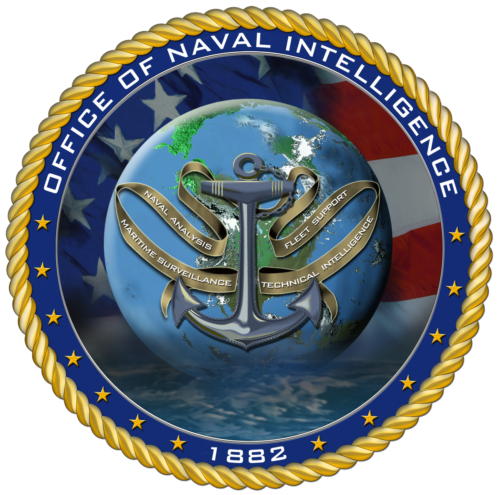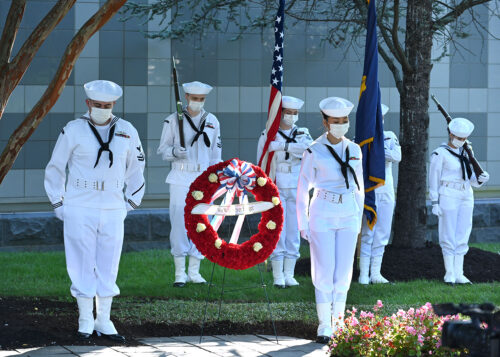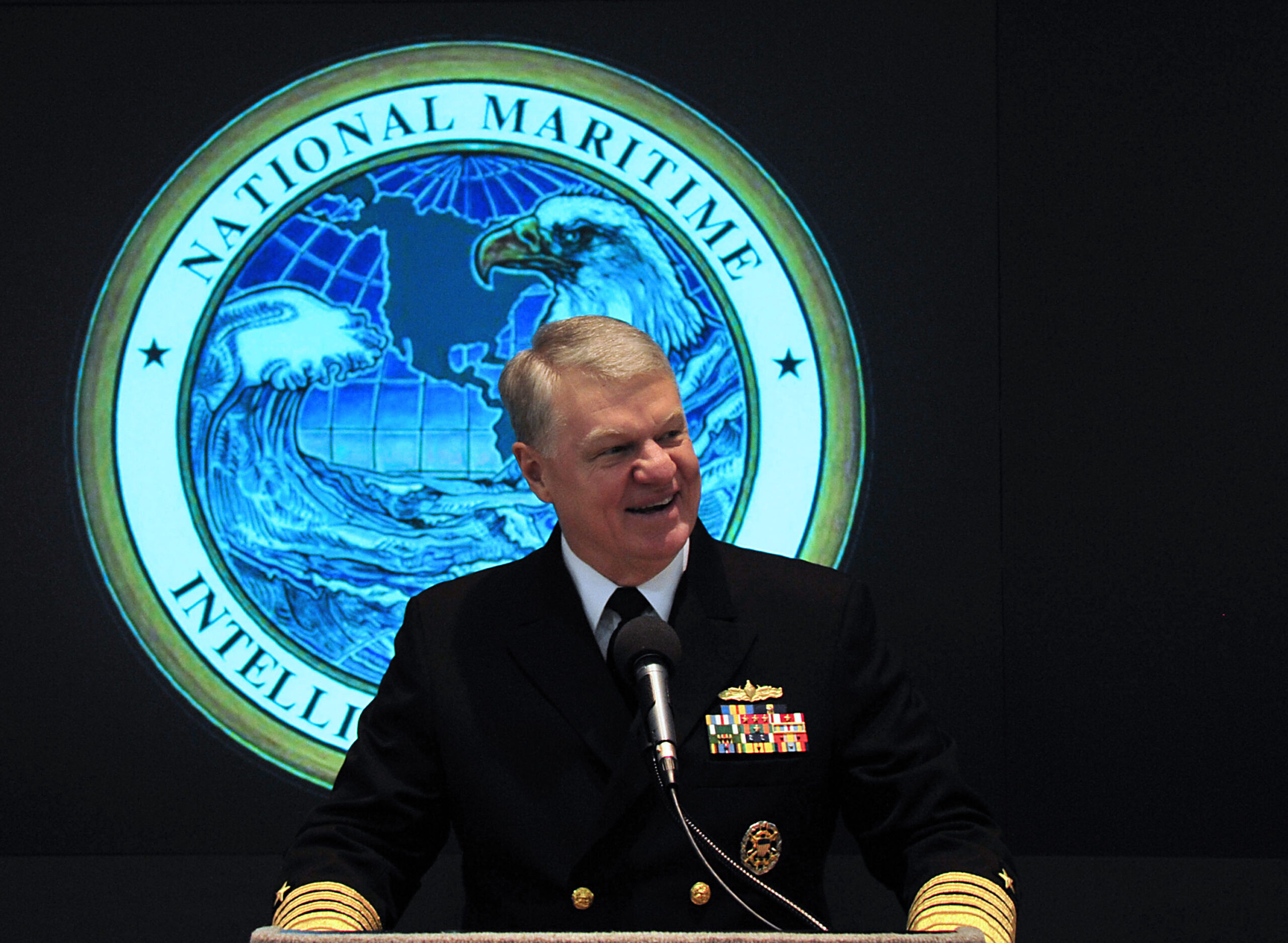Admiral Gary Roughead, Chief of Naval Operations (CNO), attends the ribbon cutting ceremony for the Naval Maritime Intelligence Center (NMIC) in Suitland, Maryland on 14 January 2009. U.S. Navy photo by Mass Communication Specialist 1st Class Tiffini M. Jones.
The Office of Naval Intelligence (ONI), established in 1882, is the military intelligence agency of the United States Navy. It was primarily formed to advance the Navy’s modernization efforts1. Today, it is the oldest member of the U.S. Intelligence Community and serves as the nation’s premier source of maritime intelligence.
Formation and Early Years
In the years following the American Civil War, the U.S. Navy fell into a significant decline due to a lack of federal funding and public interest. By the end of the 19th century, American naval power had become vastly obsolete compared to Europe.
In light of these developments, naval officers and military strategists advocated for a larger and technologically advanced navy. Among these reformers was Navy Lieutenant Theodorus Bailey Myers Mason, who called for the creation of a naval intelligence office dedicated to gathering information on foreign navies and advancements in naval science.
On 23 March 1882, Secretary of the Navy William H. Hunt issued General Order No. 292, establishing an “Office of Intelligence” in the Bureau of Navigation. This office was tasked with collecting and recording naval information useful to the Department in times of war and peace.
Evolution and Expansion
Since its inception, ONI’s mission has broadened significantly. It now includes real-time reporting on foreign navies’ developments and activities, protecting maritime resources and interests, monitoring and countering transnational maritime threats, providing technical, operational, and tactical support to the U.S. Navy and its partners, and surveying the global maritime environment.
Despite having no clerical force authorized for the office until 30 June, 1899, ONI played a crucial role in rebuilding the U.S. Navy. The office now employs over 3,000 military and civilian personnel worldwide and is headquartered at the National Maritime Intelligence Center in Suitland, Maryland.

ONI During World War I
Between 1917 and 1919, ONI operated a multifaceted intelligence organization that was far ahead of its bureaucratic rivals in a wide range of intelligence capabilities. It operated intelligence and counterintelligence programs both at home and abroad and pursued sophisticated joint operations with other government agencies. However, efforts to develop a foreign intelligence capability were less successful.
ONI During World War II
During World War II, ONI expanded again. The Special Activities Branch provided critical intelligence on German U-boat technology, operations, and tactics from prisoner interrogations to Fleet Admiral Ernest J. King’s Combat Intelligence Division to help win the Battle of the Atlantic.
ONI During Cold War
During the Cold War era, ONI’s mastery of operational intelligence, deep technical knowledge, and leadership in the Navy’s global Ocean Surveillance Information system (OSIS) ensured that the U.S. Navy held a consistent advantage over the Soviet Navy4.
ONI in 21st Century
Since the start of the Global War on Terror in 2001—and subsequently large role played by the U.S. Navy in related conflicts in Afghanistan, Iraq, and Horn of Africa—ONI has experienced further expansion of its duties and functions1. Today it continues to be a vital part of national security.

In Conclusion
From its humble beginnings in 1882 to its current status as a premier source of maritime intelligence, ONI has played a pivotal role in advancing U.S. naval capabilities. Its work continues to be vital for maintaining national security and maritime interests.
For More Info
Office of Naval Intelligence
ONI.Navy.mil
*The views and opinions expressed on this website are solely those of the original authors and contributors. These views and opinions do not necessarily represent those of Spotter Up Magazine, the administrative staff, and/or any/all contributors to this site.

